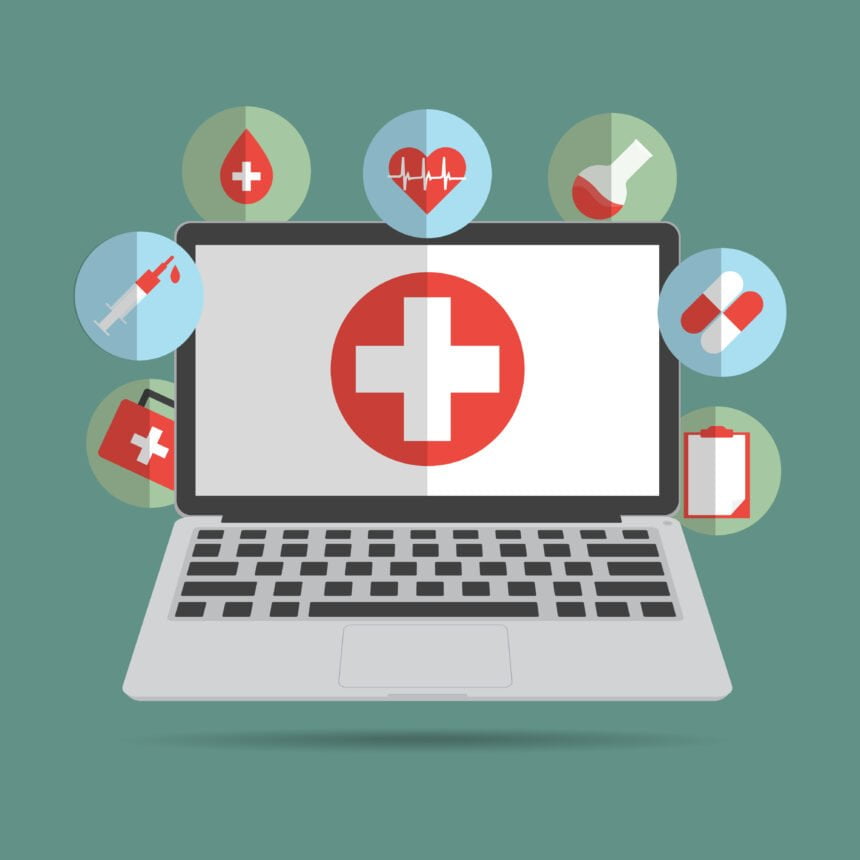Healthcare in the United States has undergone a number of major changes in the last several years. The electronic health records (EHR) mandate was a step in the right direction that promised greater collaboration and team-based care for patients around the country, and the Affordable Care Act expanded the government’s healthcare support system to insure more Americans than ever before.
Today, parts of ACA have been repealed, including the portion that requires American citizens to either purchase health insurance or pay a fine. As a result, the government’s medicare program has lost significant funding, some 13 million Americans have already dropped their insurance coverage, some health insurance providers have vacated the market entirely, and those insured under ACA-compliant programs are scrambling for ways to get their ballooning premiums under control.
Politics aside, telemedicine could be one of the best ways to deliver affordable healthcare to a growing population in the future. Telemedicine is the practice of delivering healthcare to patients using connective technology – phone calls, video chat, and instant messaging. Keep reading to find out how telemedicine is already influencing the future of affordable healthcare.
Telemedicine Practically Reduces Costs for Patients
Folks across the United States are actively looking for ways to reduce their personal healthcare costs. A feasibility study published by Dale H. Yamamoto determined that the average cost of a telemedicine appointment was just $54, compared to $176 for in-person acute care. With just 1-2% of eligible beneficiaries leveraging telemedicine today, the overall potential for lowering costs throughout the healthcare system is significant.
Traditional healthcare delivery generates a number of external costs that are typically absorbed by the patient. Many doctor’s offices are open only during regular business hours, and some only on select days, meaning that patients often have to take time off work to see a physician. Physicians are often overbooked, and patients find themselves spending time in waiting rooms – time that could be used otherwise for something valuable.
Those who live in rural areas can find themselves in dire straits when they need to meet with a physician. They may have to travel great distances, especially for care from a specialist. This invariably produces additional costs – childcare, elderly care, additional time off work, and even travel expenses. Rural Americans can benefit significantly from access to a physician’s care through their phones or home computers, and physicians can expand the reach of their practices by offering telemedicine to populations in under-serviced areas.
Telemedicine Reduces Operating Costs for Healthcare Facilities
Telemedicine also promises to reduce operating costs for hospitals and other healthcare facilities as adoption rates increase. Healthcare facilities deal with overhead costs in proportion to the number of patients they see, so a reduction in the number of in-person visits naturally translates into a reduction in operating costs, even while potentially servicing a wider base of patients.
Physicians can benefit from less crowded waiting rooms, streamlined access to care for their patients, reduced real estate, energy, reception staff, and other overhead costs, and increasingly flexible hours, as they can take telemedicine appointments from home outside of regular business hours.
Importantly, telemedicine can relieve crowding at hospitals when combined with home-monitoring solutions that allow physicians to remotely monitor the health status of patients under their charge. In Arizona, one chain of hospitals achieved a 45% reduction in unnecessary hospitalizations and a 33% reduction in associated costs by combining telemedicine and remote patient monitoring with a team-based patient care paradigm.
Addressing the Challenges of Telemedicine
Early adopters of telemedicine solutions are already actualizing some of the great benefits this technology offers, but it’s important to acknowledge some of the barriers faced by Americans when it comes to adopting telemedicine as a healthcare delivery medium.
For starters, 84% of US households own a computer and just 73% have internet access. With the proliferation of smart phone technology, it can be hard to imagine that many people still aren’t accessing the internet on a regular basis. Those who find computer ownership cost-prohibitive stand to miss out on the benefits of telemedicine, and these may already be some of the most vulnerable to rising healthcare costs.
Many insurance companies are lagging behind in terms of developing a compensation structure for telemedicine appointments. There’s no logic for the patient in foregoing a $176 visit to the doctor’s office that’s covered by insurance for a $54 telemedicine appointment that’s paid out of pocket. It’s time for insurance companies to update their reimbursement plans to address the benefits of telemedicine, and start promoting the application of connective technology as a means of reducing systemic healthcare costs.
Finally, it’s important to acknowledge the limits of telemedicine. Diagnostic procedures and physical assessments will still need to be conducted in-person, and while telemedicine is already being used to facilitate outstanding care for patients suffering with mental illnesses, it may be less effective for other kinds of treatments. The development of a framework for effective treatments with telemedicine will allow physicians to optimally leverage this technology in their practices.
Conclusion
Telemedicine is still in its early days as a technology, but the excellent results achieved so speak to the huge potential of telemedicine to enhance patient care outcomes across the healthcare system while achieving cost reductions that allow more Americans to access affordable healthcare.







